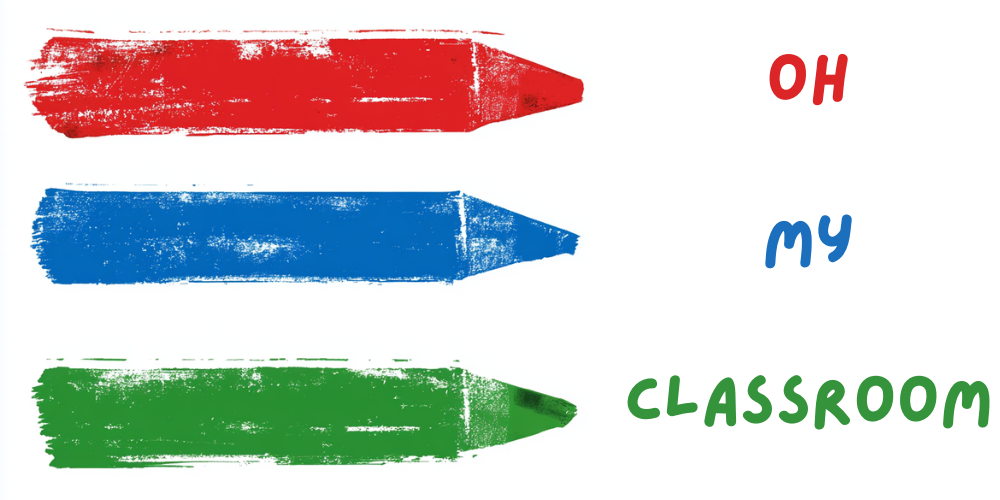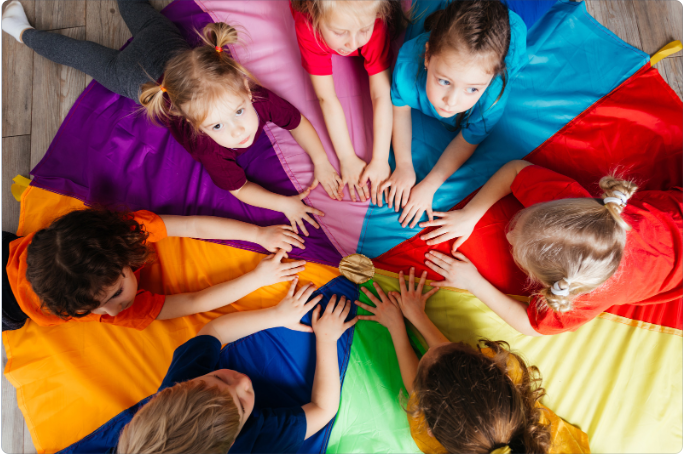Ice breaking games for preschool kids is a fantastic way to create a lively and interactive environment where children can get to know each other while having a great time.
These games are designed to break the initial shyness and help young kids feel more comfortable in social settings.
Ice breaker games not only promote socialization but also foster communication skills, teamwork, and cooperation.
The following list presents easy & fun ice breaker games for preschoolers, ensuring laughter, engagement, and a positive atmosphere within the group.
“Name Train”:
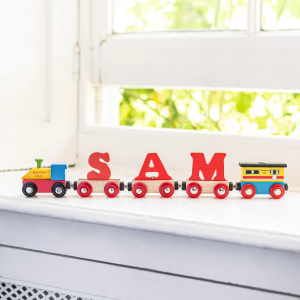
Have the children sit in a circle and introduce themselves one by one. To create a playful twist, encourage them to make a motion or sound that matches the first letter of their name. For example, if a child’s name is “Sam,” they can say “Hi, I’m Sam” while pretending to swim like a fish. As each child introduces themselves, the entire group repeats the previous names and motions. This activity not only helps children remember each other’s names but also adds an element of fun and creativity.
“Feel the Beat”:
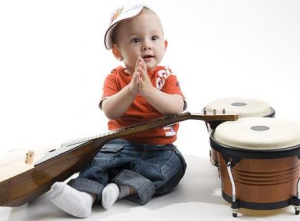
Create a simple rhythm using clapping or tapping on a drum, and have the children replicate the pattern. Start with a basic beat, and gradually increase the complexity. Encourage the kids to take turns leading the rhythm, allowing everyone to participate and showcase their rhythmic skills. This activity promotes listening skills, coordination, and teamwork as the children work together to create a harmonious rhythm.
“Emoji Expressions”:
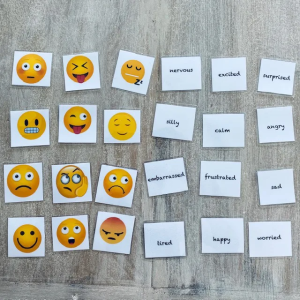
Print out or draw various emojis on cards and distribute them among the children. In turn, each child selects an emoji card and has to express the emotion depicted on the card using facial expressions, gestures, and body language. The rest of the group then guesses the emotion being portrayed. This game not only encourages emotional expression and recognition but also helps children observe and understand non-verbal cues.
“Find Your Pair”:
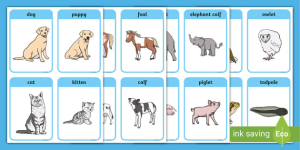
Prepare pairs of picture cards, such as animals, shapes, or objects, and distribute one card to each child. The children then have to find their matching pair by making the sound, movement, or noise associated with their card. For instance, if a child has a lion card, they can roar to find their partner with the same animal. This game promotes listening skills, memory, and cooperation as the children actively search for their matching pairs.
Related: 20 Easy Balloon Games for Preschoolers
“Bubble Wrap Stomp”:
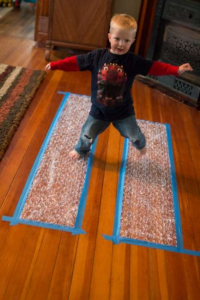
Lay out a large sheet of bubble wrap on the floor. Have the children take turns jumping and stomping on the bubble wrap to make as many popping sounds as possible. Encourage them to get creative with their movements, such as hopping on one foot or twirling before landing on the bubbles. This activity not only provides sensory stimulation but also fosters physical coordination, balance, and excitement as the children enjoy the satisfying pops beneath their feet.
“Animal Charades”:
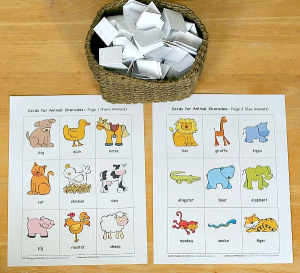
Write the names of various animals on slips of paper and place them in a bowl. Each child takes a turn drawing a slip and silently acts out the animal written on it while the others try to guess. This game encourages creativity, imagination, and communication skills.
“Colorful Collaborations”:
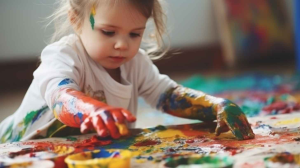
Divide the children into small groups and give each group a large sheet of paper and a set of colorful markers or crayons. Instruct the groups to work together to create a collaborative drawing using their assigned colors. For example, one group might be responsible for drawing trees (using green), while another group draws animals (using brown or orange). This activity promotes teamwork, cooperation, and artistic expression.
Related: 20 Exciting Balancing Activities Beam for Toddlers
“Obstacle Course Adventure”:

Set up a simple obstacle course using pillows, hula hoops, cones, and other safe materials. Divide the children into pairs or small teams and have them navigate through the course together, taking turns and helping each other overcome the obstacles. This game encourages physical activity, problem-solving, and teamwork.
“Shape Scavenger Hunt”:

Create a list of shapes (e.g., circle, square, triangle) and give each child a copy of the list. Have the children search the room or play area to find objects that match each shape on the list. They can either draw or place the objects on the corresponding shape. This activity reinforces shape recognition, visual discrimination, and spatial awareness.
“Mystery Bag”:
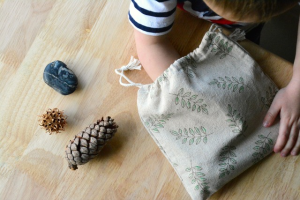
Prepare a bag filled with small, safe objects that represent different themes or categories (e.g., a toy car, a small book, or a stuffed animal). Each child takes a turn reaching into the bag without looking and pulling out an object. They then have to describe the object to the group without revealing what it is, and the others try to guess. This activity enhances communication skills, descriptive language, and listening abilities.
“Musical Statues”:
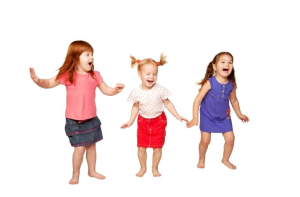
Play lively music and encourage the children to dance or move around the room. When the music stops, they must freeze in their current position like a statue. Anyone caught moving or giggling is out of the game. Keep playing until one child remains the winner. This game promotes listening skills, self-control, and following directions.
“Guess Who I Am”:
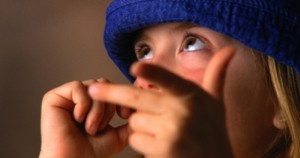
Write or draw the names of various animals, objects, or characters on sticky notes. Stick a note on the back of each child without them seeing what it says. The children then ask yes or no questions to the group to figure out who or what they are. For example, “Do I have fur?” or “Am I a fruit?” This game promotes deductive reasoning, questioning skills, and critical thinking.
“Feel and Guess”:
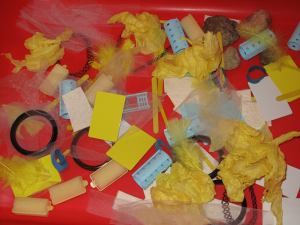
Prepare a variety of objects with different textures, such as a soft toy, a rough sponge, a smooth stone, etc. Blindfold one child at a time and have them feel one of the objects. They must describe the texture to the group, and the others try to guess what it is. This activity encourages sensory exploration, descriptive language, and observation skills.
“Balloon Keep-Up”:

Inflate several balloons and let the children form a circle. The goal is to keep the balloons in the air by tapping them with their hands, without letting them touch the ground. Encourage them to work together to keep as many balloons in the air as possible. This game promotes hand-eye coordination, teamwork, and gross motor skills.
“Letter Hunt”:
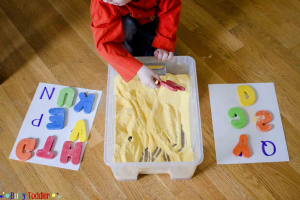
Write or print out large letters of the alphabet and scatter them around the room or outdoor area. Divide the children into pairs or small groups and give them a specific letter to find. The groups must search for the letter and bring it back to the starting point. This game encourages letter recognition, cooperation, and physical activity.
“Rainbow Relay”:

Set up different colored objects or markers (e.g., cones, hula hoops, bean bags) at one end of the room or play area. Divide the children into teams and assign each team a color. On your signal, one child from each team races to collect an object of their team’s color and brings it back to their team. The relay continues until all the objects have been collected. This game promotes color recognition, teamwork, and gross motor skills.
“Story Circle”:
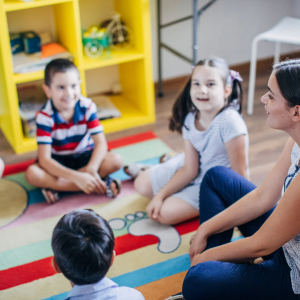
Sit the children in a circle and start a simple story with a few sentences. Each child takes a turn adding a sentence to the story, building upon what the previous child said. Continue going around the circle, with each child contributing to the story. This game encourages creativity, listening skills, and storytelling abilities.
“What’s Missing?”:

Arrange a collection of small objects or toys on a tray. Show the tray to the children for a brief period, then cover it or remove it from sight. Take one object away and reveal the tray again. The children must guess what is missing. This activity promotes observation skills, memory, and critical thinking.
“Number Hunt”:
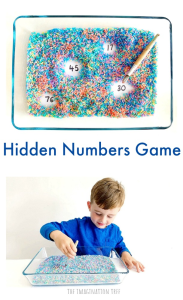
Hide numbers (printed or written) around the room or play area. The children then search for the numbers and bring them back to a central location. Encourage them to identify and say the numbers they find. This game helps reinforce number recognition, counting skills, and active exploration.
“Alphabet Jump”:

Create a large alphabet grid on the floor using tape or chalk, with letters arranged randomly. Call out a letter, and the children must hop, jump, or skip to the correct letter. You can make it more challenging by calling out the letter’s sound instead of its name. This game promotes letter recognition, physical activity, and listening skills.
